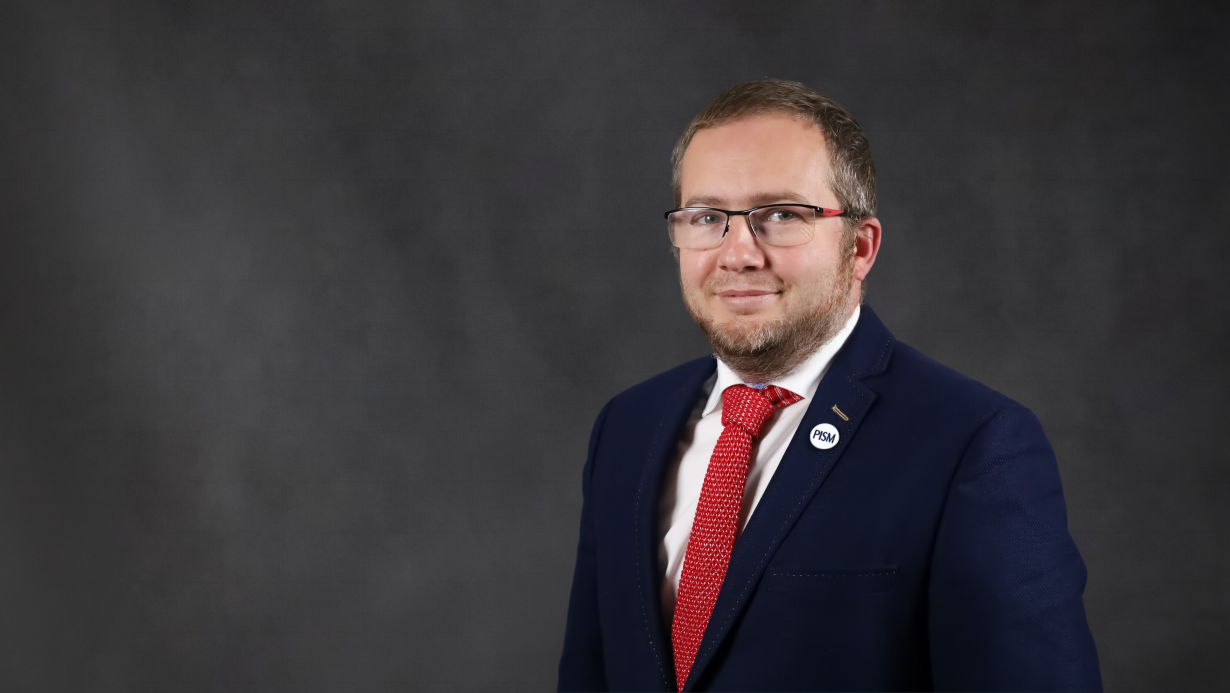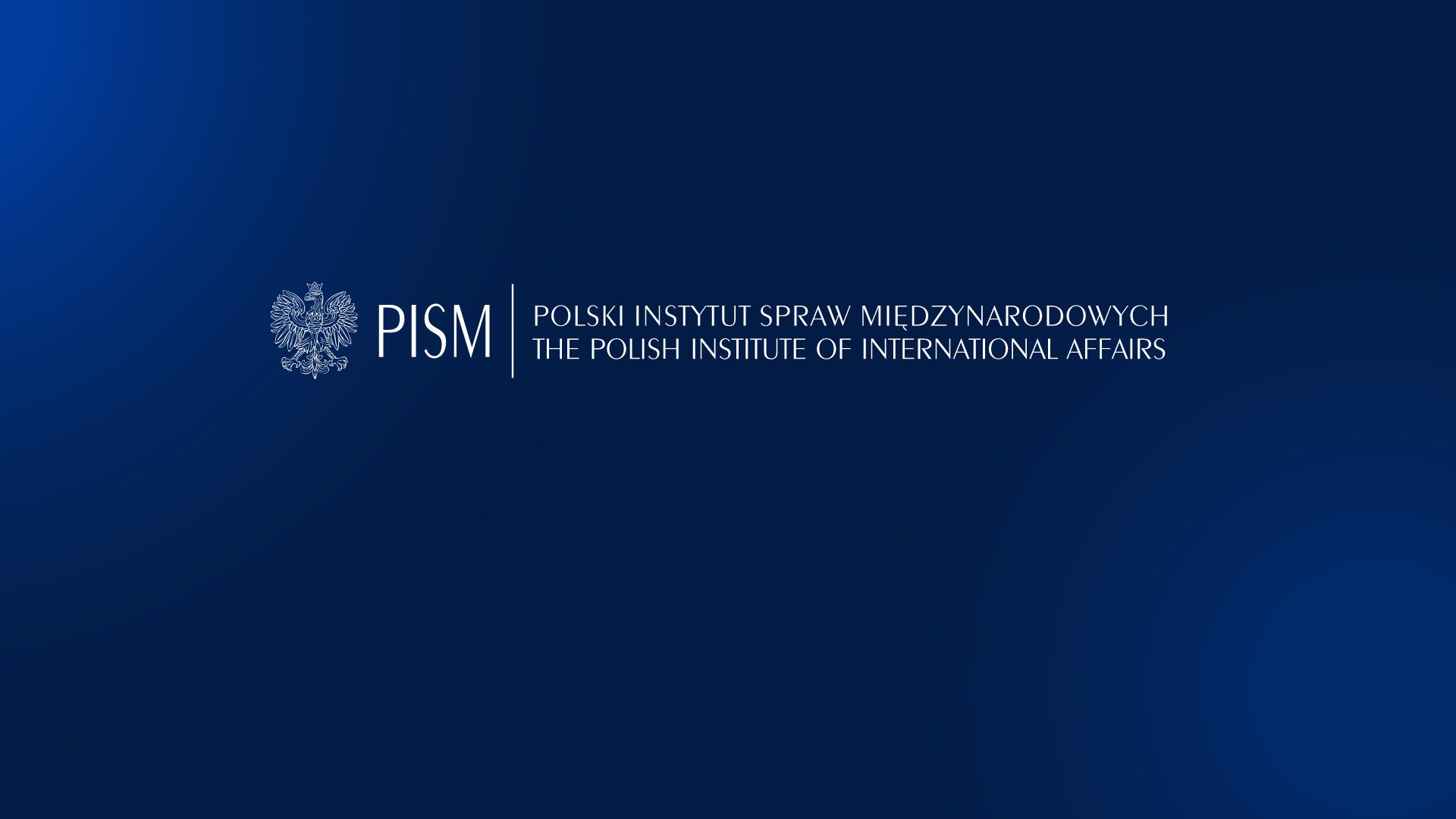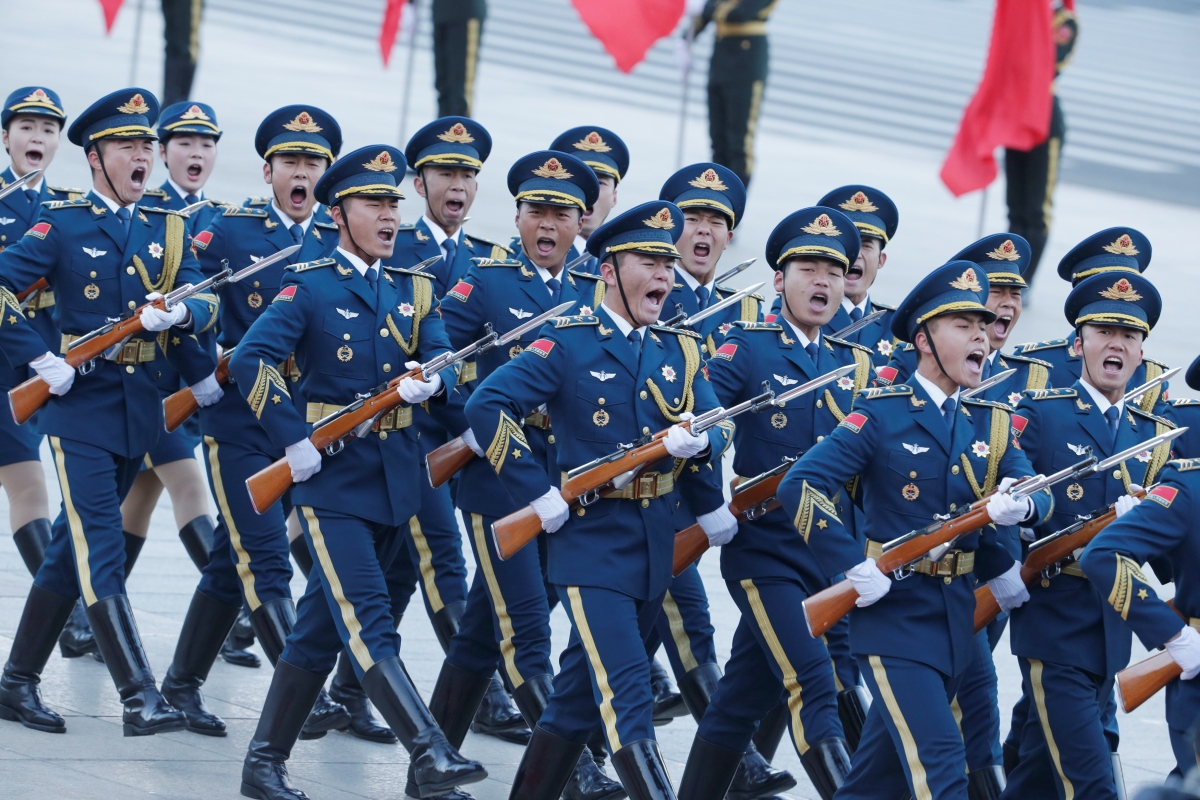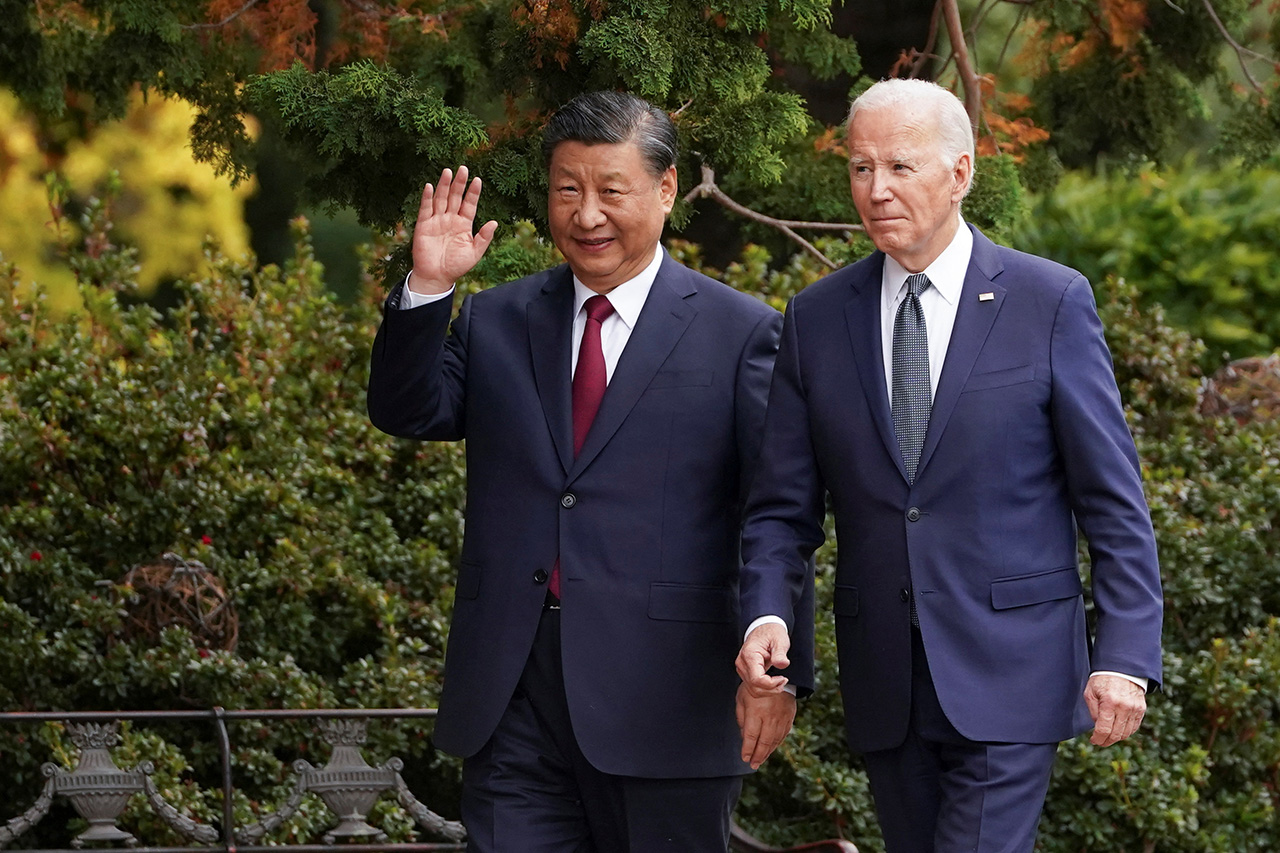Chinese PLA Undergoing Significant Personnel Changes
The dismissal of Defence Minister General Li Shangfu, as well as the replacement of Rocket Forces commanders in recent months as part of an anti-corruption drive and a campaign to discipline officers are all part of the strengthening of the Chinese Communist Party’s control over the PRC’s armed forces. In this way, Xi Jinping wants to increase the army’s capacity and readiness. However, the protracted process of selecting a new defence minister and the necessity of even Xi’s protégés to resign indicate that the implementation of the CCP’s plans has encountered obstacles.
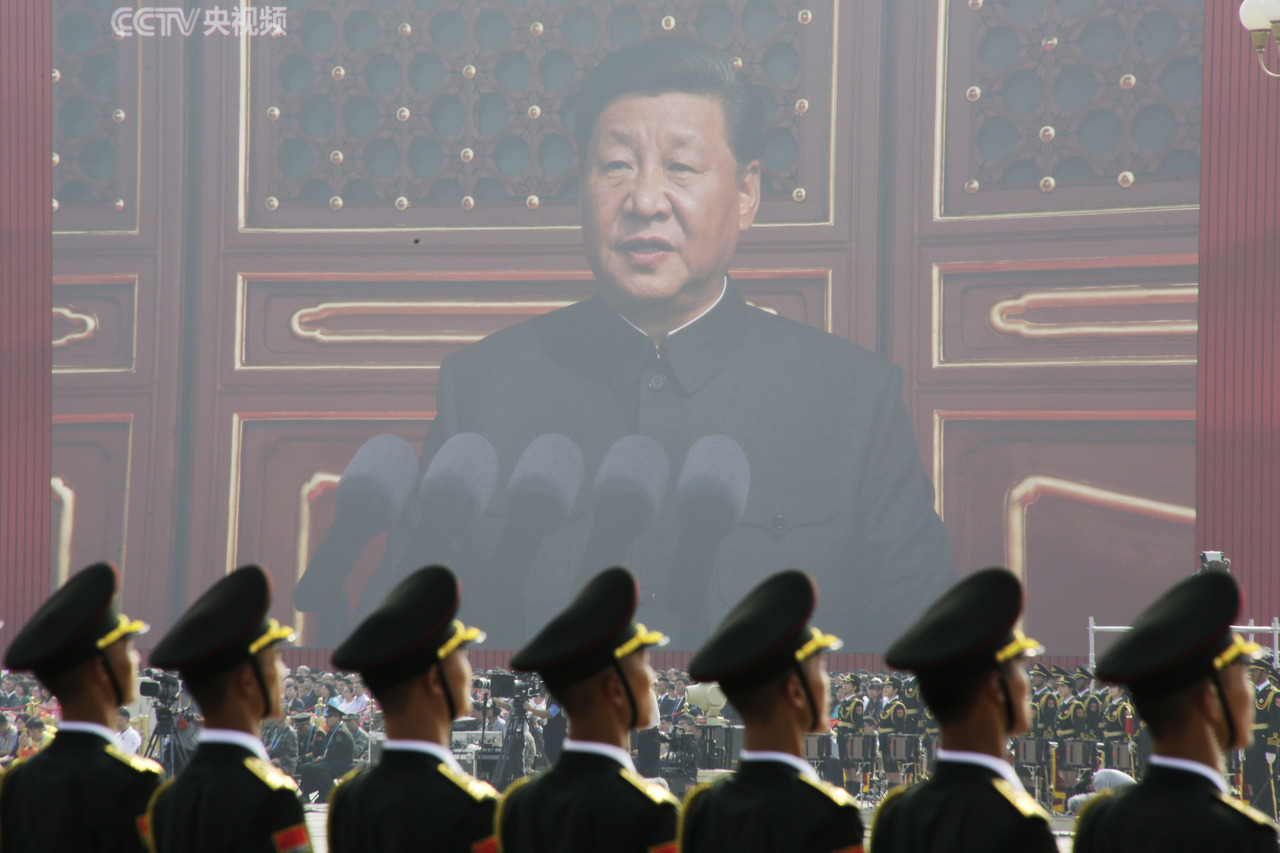 JASON LEE / Reuters / Forum
JASON LEE / Reuters / Forum
The Army’s Position in China
The constitution of the Chinese Communist Party (CCP) establish the subordination of the People’s Liberation Army (PLA) to party organs rather than the state. Control of the army is exercised by the Central Military Commission (CMC), whose chairman is Xi, who is also general secretary of the CCP and chairman of the PRC. Six of the seven current members of the CMC are generals, two of its vice-chairmen sit on the Politburo, the party’s second most important decision-making body, and the rest sit on the CCP’s Central Committee (CC). The Minister of Defence, also a member of the committee, primarily manages the army, while its main directions are set by the CMC and the CCP Central Committee.
Over the years, the army has been important in maintaining the CCP’s power, especially during the Cultural Revolution. In the 1990s, in return for reducing the army’s role in party institutions, the CCP reduced its oversight of the PLA. At the same time, financial outlays for the military increased steadily. Between 2012 and 2020, the official defence budget doubled, reaching nearly $230 billion (the second-highest figure in the world, after the U.S.). This fostered corruption at the interface between the party and the military, especially at the provincial level. In the early 2000s, a manifestation of these links was the support by some commanders for the then-CCP secretary in Chongqing, Bo Xilai, in his rivalry with Xi for the post of party chief. After taking power in 2012, Xi sought to curb political-military ties, especially among the intra-party opposition. Among those expelled from the party and convicted in trials for corruption were former CMC deputy chief generals Xu Caihou (in 2014) and Guo Boxiong (in 2016). In addition to technological, and structural changes, the reform of the armed forces, which began in 2015, also included personnel purges in line with the needs of the CCP leadership. By March 2016, more than 60 senior officers had been convicted. These changes resulted in a new composition of the CMC, elected in 2017 by the 19th CCP Congress.
The Personnel Situation in the Chinese Army
A further expression of the centralisation of the CCP and Xi’s power over the army was the composition of the new CMC, established in 2022, as well as the appointment of a new defence minister in March 2023. The report of last October’s 20th Congress stressed, among other things, the need to strengthen the CCP’s leadership over the army, which was to be guaranteed by Xi’s trusted officers in the CMC. Most of them had worked with him during his time as governor of Fujian province and also as party secretary in Zhejiang province.
The first vice-chairman of the CMC is currently Gen. Zhang Youxia, who, despite reaching the informal retirement age (68), has remained in office for another term. He is a veteran of the 1979 Vietnam War and a former commander of a military district bordering Russia and North Korea. Xi’s and his father were friends. Gen. He Weidong, a former commander of the “eastern theatre” covering Taiwan and a staff officer responsible for, among other things, preparing military exercises around the island after then U.S. House Speaker Nancy Pelosi’s visit in August 2022, became the second vice commander of the CMC. This may have been the source of his unexpected promotion to deputy commissioner—he had not even been a member before. Adm. Miao Hua (in charge of political affairs) and Gen. Zhang Shengmin (head of the discipline department) remained in their positions from the previous term. The composition of the CMC was completed by Gen. Liu Zhenli, the head of the Joint Chiefs of Staff Department who was promoted to general by Xi in 2017, and State Counsellor and Minister of Defence, Gen. Li Shangfu.
China’s army is suffering from personnel problems. In 2022, the PLA—after reductions resulting from the 2015 reform—numbered just over 2 million soldiers. However, there are difficulties in convincing young people to serve in the professional army, through recruiting of the more than 400,000 new soldiers planned each year. At the same time, in order to improve the efficiency and control of the reserves (around 500,000 people) in 2020, Chinese authorities moved the supervision of the reserves to the CMC and the Central Committee, stripping it from the local party committees. An additional problem is the lack of recruits qualified to operate high-tech equipment (e.g., in electronics units), who are lured from military careers by better prospects in business and by the over-ideologisation and politicisation of the military training system. The authorities are also trying to combat the practice of buying promotions, which has played an important role in the PLA for years. To this end, the promotion system was amended in 2021 to reflect, among other things, the experience possessed by the officers. Incentives have also been introduced, such as rewarding with a higher rank after obtaining an academic degree.
Personnel Changes and New Regulations
The CCP authorities are mainly using the anti-corruption campaign to strengthen loyalty. An expression of this was probably the recent resignations of the defence minister and missile commanders. Officially dismissed in October this year, the head of the defence ministry oversaw the arms procurement department of PLA in 2017. The new commanders of this unit in July this year reported that an investigation had been launched into irregularities when Gen. Li was in charge. Since late August, the minister has stopped appearing in public. Generals Li Yuchao and Xu Zhongbo, who headed the Rocket Forces, were dismissed in July this year (without official reasons) and were replaced by commanders from the air force and navy. According to the U.S. Department of Defence, at the same time, the commander of the Space Systems Department resigned from service in the strategic forces and his position remains vacant. The corruption context is reinforced by the fact that the missile forces have been undergoing an expansion in recent years. In 2016, they were enlarged by six brigades and, as of 2021, have built around 300 new silos for intercontinental strategic missiles. These troops are the cornerstone of China’s nuclear deterrent and, as such, play a key role in China’s plans for action in the event of an escalation of China`s activity against Taiwan. It is this type of military that also receives the latest Chinese technology, including hypersonic weapons.
In parallel with disciplinary action, the need for greater subordination of the armed forces to the party was emphasised by Xi in July this year during a Politburo session on the capacity of the armed forces. In October this year, an article appeared in the party military press suggesting that party cells in the PLA should cooperate more strongly with the CCP and intensify political training of soldiers.
Conclusions
Recent personnel changes in China’s armed forces are another element of the CCP’s tightening control over it. The party leadership are aware of the negative impact of corruption on the readiness level of the armed forces. It wants to reduce—if not eliminate—the negative impact of corruption, not only on the rearmament process of the PLA but also on the quality of its command staff and training process. It is also possible that Xi is seeking to consolidate the political base within the party, namely the high-ranking officers who are the largest voting delegation at the NPC session that elects China’s chairman, among others.
Stronger party control of the PLA can be seen as another element in the Chinese building up credible capability to take effective action against Taiwan and gain full control of the South China Sea. This capability depends not only on the technical modernisation of the armed forces but also on the quality of command and control, lowered significantly by corruption and the low qualification level of the officer cadre. These two factors can lead—as in Russia—to the creation of a pathological system in which the officer cadre falsifies the state of subordinate units, wanting above all to protect their illegally obtained privileges. The reform of the Chinese armed forces is therefore directly in line with China’s strategic rivalry with the U.S. and the expansion of the military potential of other countries in the region, such as Japan.
At the same time, Xi may also be unsure of the loyalty of the armed forces, whose senior representatives may fear a loss of privileges and whose existing links with politicians provoke them to greater resistance to the chairman’s objectives. Recent resignations indicate that Xi’s consolidation of control over the military may face obstacles, as evidenced by, among other things, the failure to appoint a new defence minister. It is possible that even with the centralisation of power, it is difficult to find a candidate willing to implement the party leadership’s plans to discipline the command staff against the wishes of some officers. This, in turn, puts in perspective a possible decision to involve the Chinese armed forces in a conflict with the U.S., or an escalation against Taiwan.


